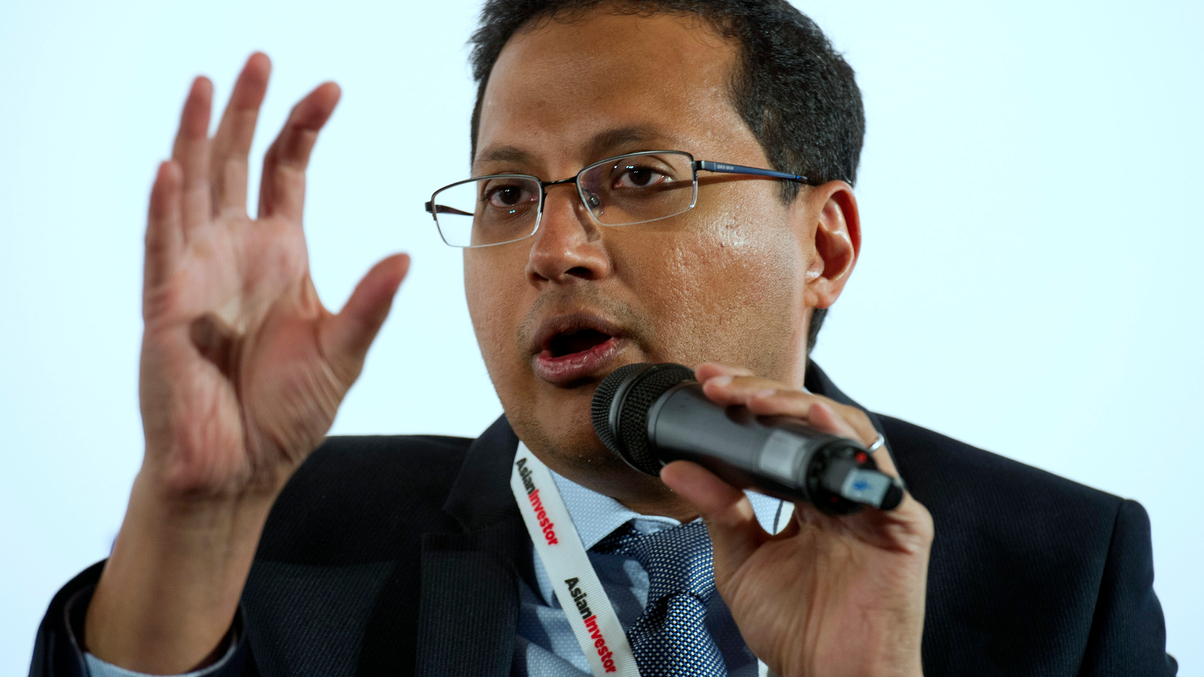GIC sees challenges for value investing
The sovereign wealth fund was among those taking part in the Asian Investment Summit, as panelists discussed screening for liquidity against different investment horizons.

Short-term liquidity management is becoming increasingly important to long-term investing, delegates heard at the Asian Investment Summit on Wednesday, on the second day of AsianInvestor Week in Hong Kong.
Sign in to read on!
Registered users get 2 free articles in 30 days.
Subscribers have full unlimited access to AsianInvestor
Not signed up? New users get 2 free articles per month, plus a 7-day unlimited free trial.
¬ Haymarket Media Limited. All rights reserved.


